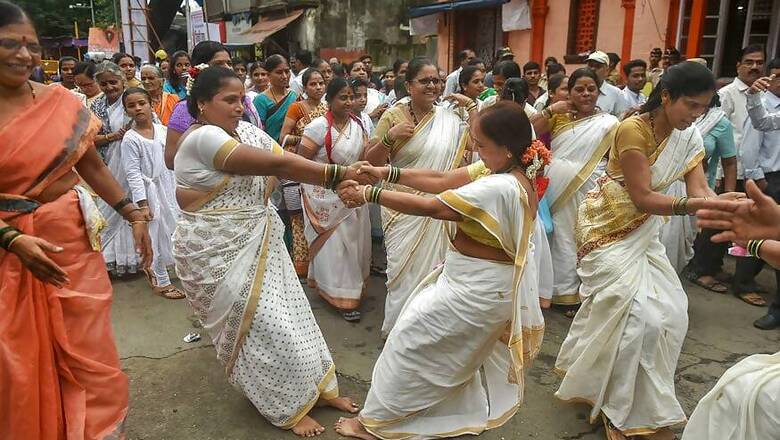
views
Observed on the Ekadashi or 11th during the Shukla Paksha (the bright fortnight of moon) in the Hindu month of ‘Vaisakha’, Mohini Ekadashi falls during the months of April-May, according to the Gregorian calendar.
According to Hindu mythology, Lord Vishnu disguised himself as Mohini and appeared in this form on the Ekadashi tithi and subsequently, the day began to be celebrated as Mohini Ekadashi.
According to legends, when nectar came out during the churning of the ocean, a dispute emerged between the gods and demons as to who will consume it. Vishnu seeing that a dilemma has arisen, took the form of a beautiful woman, Mohini. While demons got enamoured by the beauty of Mohini, while the gods drank up all the nectar there was.
Hindu mythology shows two instances when Mohini Ekadashi was celebrated. Lord Ram observed the day while searching for Sita, and Yudhishthira during the Mahabharata period. Observed by a lot of Hindus, popular belief says this Ekadashi helps in washing away all the sins committed by a person, including those from his/her previous births.
Rituals observed during Mohini Ekadashi:
People observe a strict fast without eating a grain of food the whole day. The fasting starts a day in advance, on ‘Dashami’ (10th day) tithe. Complete fasting occurs on the Ekadashi and continues till the sunrise of ‘Dwadashi’ (12th day). It is believed that Mohini Ekadashi vrat should be broken by drinking milk the next day.
Observers of Mohini Ekadashi vrat get up before sunrise and takes an early bath with Til and Kush. He/she must sleep on the floor on the ‘Dashami’ night. The devotees spend the day offering prayers to their deity and keep vigil all night by singing bhajans and chanting mantras in praise of Lord Krishna.
People can also observe a partial fast or vrat on Mohini Ekadashi. Eating ‘falahar’ like fruits, vegetables and milk products are allowed. On the day of Mohini Ekadashi, consuming rice and all forms of grains is prohibited.




















Comments
0 comment